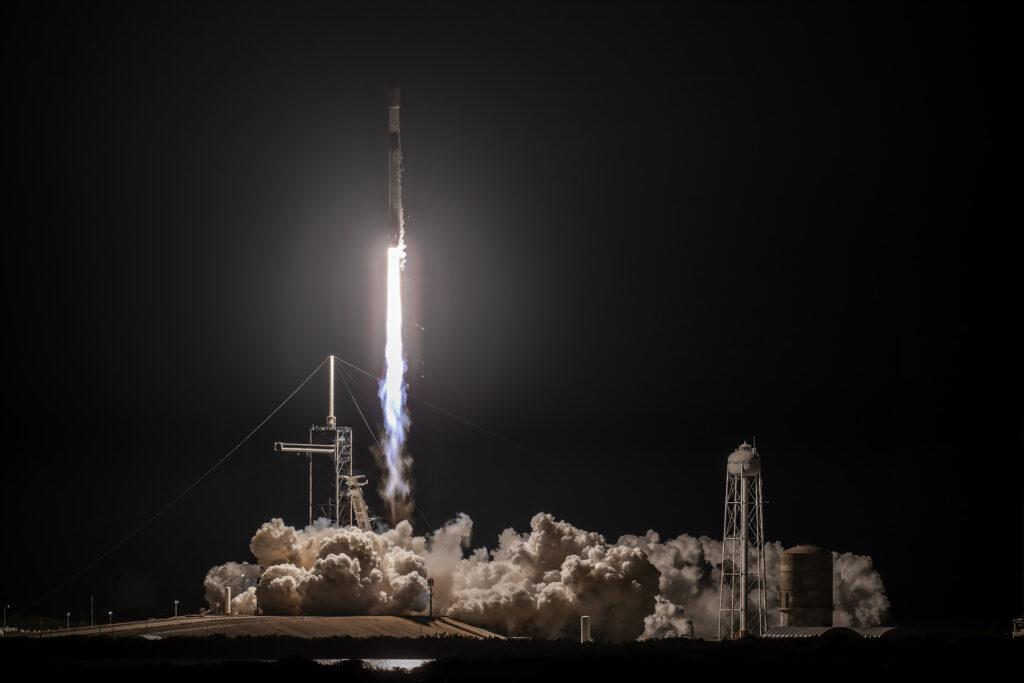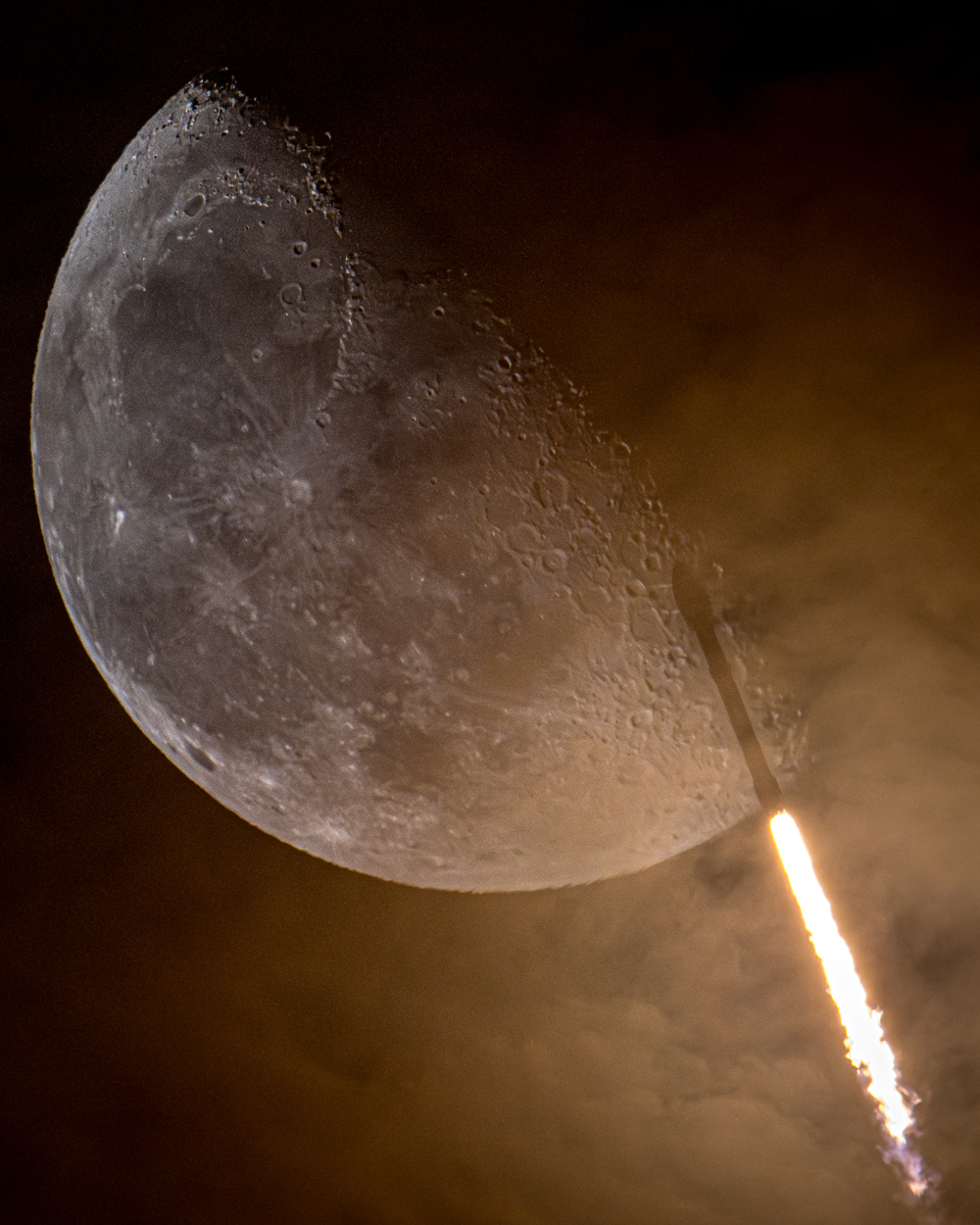Between July 27 and 28, SpaceX carried out three launches of the Falcon 9 rocket. All of them were successful. Thus, the company resumed operation of its main rocket in record time.

The Falcon 9 accident occurred on July 12 at the second stage operation site. Due to it, a batch of Starlink satellites was put into an uncalculated orbit and soon burned up in the atmosphere.
As a rule, investigation of such accidents and coordination of the necessary bureaucratic formalities takes many months. However, SpaceX managed to meet the record deadline. It took the company just 15 days to identify the cause of the incident, send a report to the U.S. Federal Aviation Administration (FAA), obtain permission to resume flights, and conduct a new launch.
Such speed had a lot to do with the fact that the problem turned out to be not very serious. The cause of the accident was a crack in the fuel line at the second stage liquid oxygen pressure sensor. The line cracked due to fatigue caused by the high load from engine vibration and the loosening of the clamp that holds it in place.
After determining the cause, SpaceX decided to remove the liquid oxygen pressure sensors from the second stages of SpaceX in the near future. The point is that their functions are duplicated by alternative sensors already present on the engine. Engineers also performed additional inspections of all fuel lines and sensor clamps on the upcoming Falcon 9 flights and, in some cases, proactively replaced them.

Another reason for such speed has to do with the importance of the Falcon 9 to NASA’s manned program. With the Starliner “stuck” on the ISS and its fate still unclear, it is critical for NASA to be able to send spacecraft to the ISS. So the FAA reviewed the report, and issued authorization to resume flying on an extremely short timeline.
In the end, Falcon 9 went back into space just 15 days after the accident, successfully launching another batch of Starlink into orbit. In the next 27 hours, SpaceX conducted two more launches. All of them were successful.
However, the Falcon 9 accident still affected the timing of the Polaris Dawn mission, which plans the first ever private spacewalk. It has been rescheduled from July to late summer 2024.


